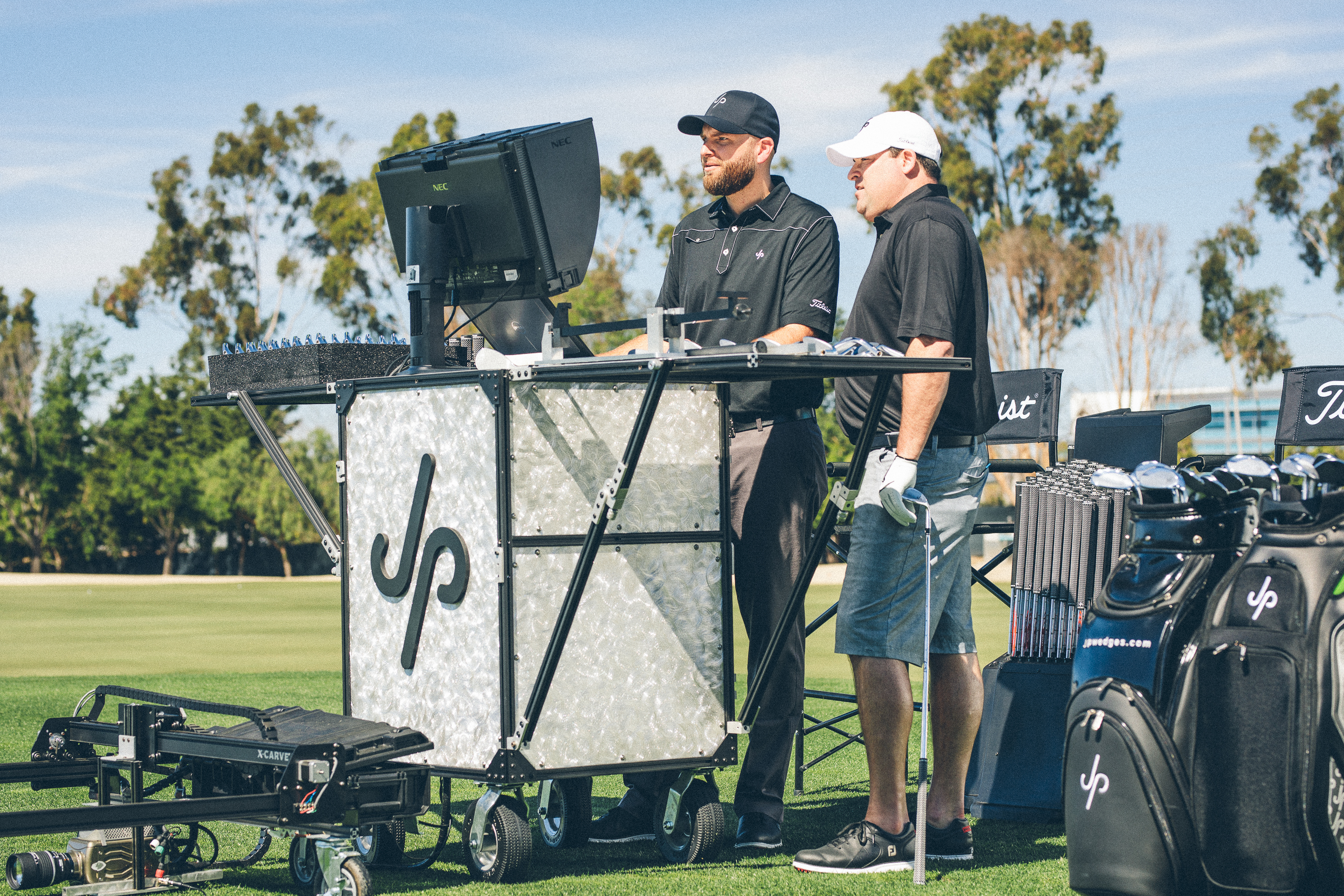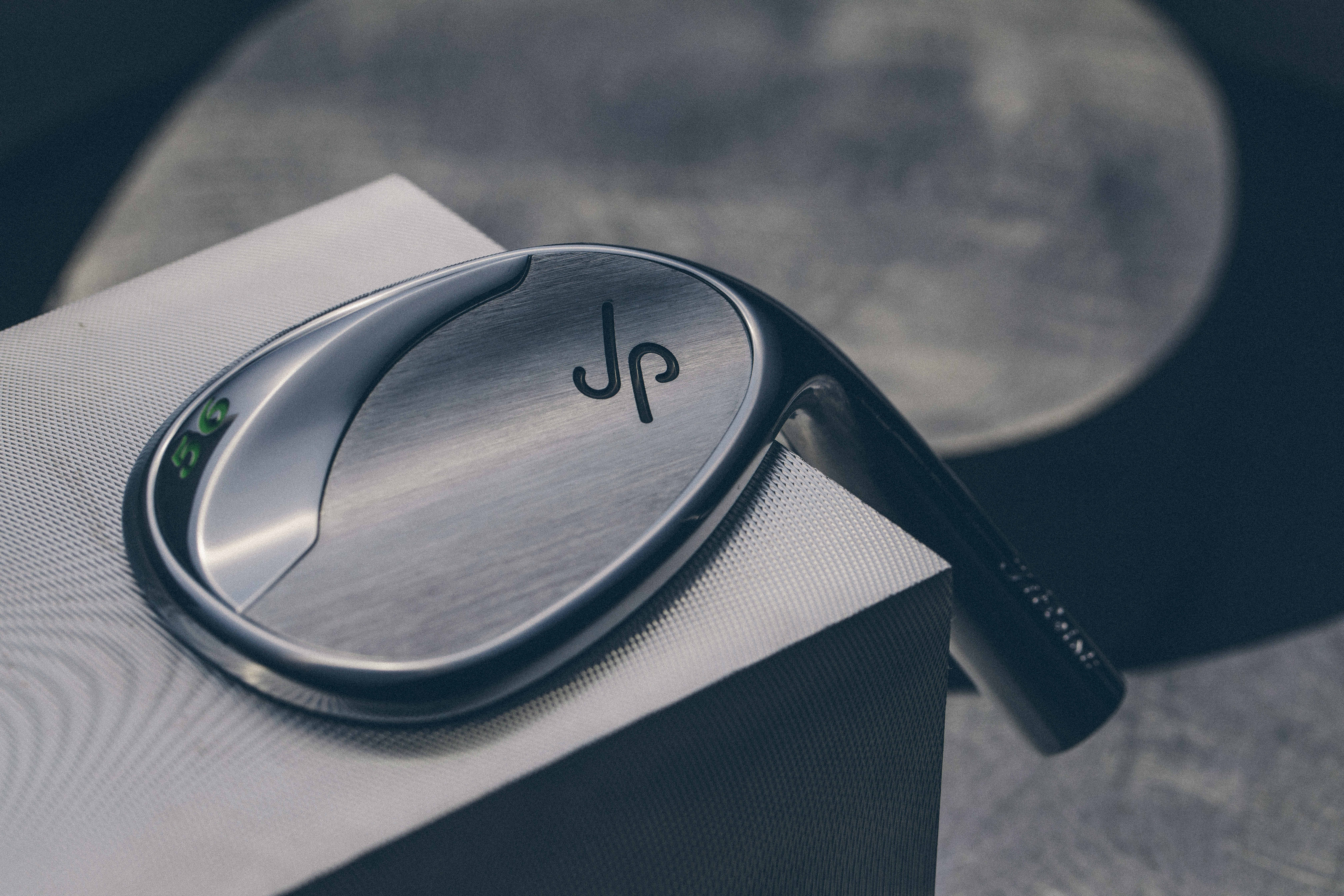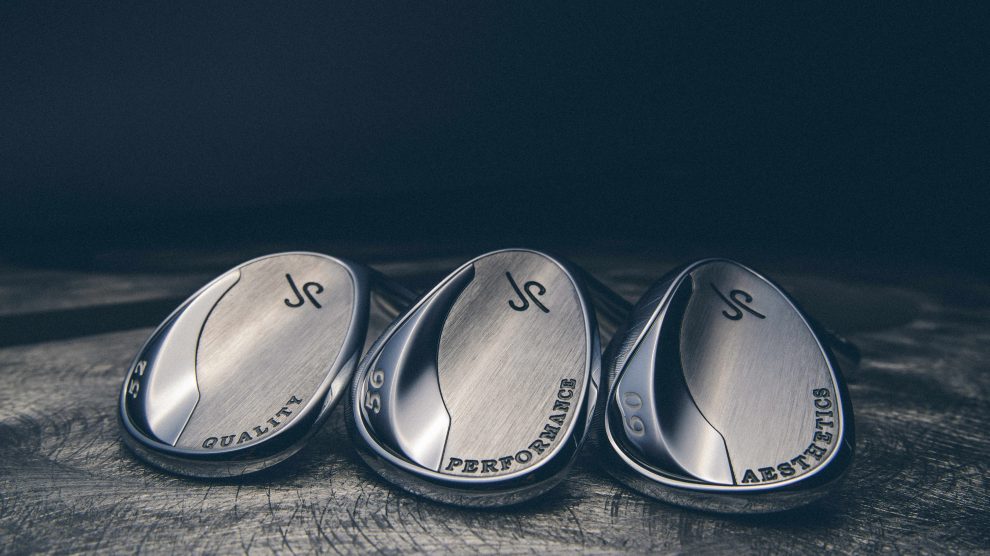There's a trend in golf toward more fragmentation of the equipment market.
It used to be pretty simple: You found a set of clubs based on your skill level -- good or bad -- and you bought the into a certain tier -- typically, A or B -- of equipment maker with an off-the-rack purchase.
However, with the evolution of technology in terms of equipment manufacturing and the true maturation of equipment fitting, club makers have created a broader number of ways for a golfer to buy in to a brand. Golfers not only can buy new, they now have the choice to buy new and a year behind, new and about on level of technology or new and pay a premium to be on the cutting edge of technology. Value-driven consumers can buy used equipment that keeps them locked into a company they like without having to pay for this year's stuff, or they can drop down in name-brand recognition and pay for new stuff with even further dated technology.
All of those markets have value, and an ever-increasing number of golfers refuse to buy equipment without being truly fit by a professional, meaning they'll also get more value out of their equipment. In particular, however, the high-end, luxury golf-club market has been booming and become a point of catering for several manufacturers.
PXG really built the craze in the United States with its custom fit-only line of expensive equipment, making a bag in upwards of $5,000 -- but filled with technological advancements that haven't quite made their way to the larger, mass-appeal makers. The company has no plans to scale bigger, offering equipment for the common golfer. In fact, they've doubled down on luxury, offering new equipment that is even more expensive than the initial generations.
Titleist has waded into this market, too, with its Concept line of equipment. For a premium, a golfer can pay Titleist to be fit for equipment using technology that might eventually find its way into their broader-appeal (and price point) clubs, but it might not. The C16 irons were so successful that the company has released a second wave of 1,000 sets for sale.
No doubt the niche for luxury equipment isn't big. But if you roll into any country club in the United States, you're likely to find a golfer or two with at least one PXG or Concept club in the bag. It's a status symbol as much as it is an investment in golf technology. Plenty of 15-handicaps have PXG clubs, not just scratch guys who win club championships.
This movement really started with putters, the kind Scotty Cameron makes. He's become more mainstream, giving way to the Tyson Lambs of the world who charge more than Cameron maybe ever dreamed of getting for a 14th club (or first club, depending on how you look at it). Then, that market moved to drivers, with overseas companies like Honma and XXIO leading the way for low swing speed/high net worth golfers. Then it moved to irons and drivers for players of all types. Now, the luxury market has dawned for wedges.
PXG just got in the game, with its 0311T line of milled wedges. They're hand milled after forging the wedge shape. They're $650 each. You can buy a set of Vokeys and a test round for that price.
That unveil isn't entirely coincidental. It coincided with Titleist's unveiling of a partnership project four years in the making.
James Patrick Harrington is better known in the club-geek world as JP. He got his break when he made custom wedges for Aaron Baddeley at an Arizona golf shop which Badds used the next week to win at Harbour Town in 2006. Three years later, he had his own James Patrick Golf, making highly customized wedges for players of all stripes. Then, in 2013, he signed a partnership deal with Titleist and...well, went away.
Turns out, Harrington's been spending that time developing, testing and reimagining a wedge design philosophy in tandem with Titleist's substantial resources. Now, he's ready to share what he's found with the world. But to find out his secrets, you've got to pay to spend time with JP -- and only JP.
The JP wedges are only available after committing to and going through a custom fitting with Harrington himself, in what's dubbed the JP Fitting Experience. It's a three-hour, one-on-one experience, where Harrington watches, films and studies the golfer hitting pretty much every imaginable wedge shot at the Titleist Performance Institute in Oceanside, Calif. He'll watch you hit off turf in live conditions, and he'll use a high-speed motion-capture video technique that grabs 10,000 frames per second. Of course, TrackMan is involved.

Then, with the data he needs, he'll recommend and build a custom set of three wedges using the highest-quality 1025 forged carbon steel hand-polished with a chrome look, a multi-directional camber sole and tungsten weighting to dial in the ideal center of gravity, complete with a hand-brushed, forged milled titanium back plate to complete the look. The grip is even custom, with it going longer down the wedge shaft and without taper at the bottom to promote a consistent feel.
"Everybody has a unique golf swing," Harrington said. "Everybody has a unique angle of attack and dynamic loft. Those two things play a key role in what bounce or sole is going to fit you best. By using high-speed video we’re able to analyze your swing mechanics, your true delivery to the golf ball, and create a sole design that gives you efficient and consistent turf interaction, which translates into forgiveness. A tour player demands consistency, but all golfers need forgiveness."

It sounds incredible, right? Now, at $2,000, does it sound incredible? (You can buy additional wedges for $500 each.) That's on level with PXG's offering, and you get to pick the brain of JP Harrington. Not a bad deal, though you have to get to California, which isn't bad either.
But for the average golfer, this simply isn't an option. These days, $2,000 would buy a really good, mass-market golf bag. That's not the point, however. Titleist and JP both know they're not going to do scores of fittings. In concept, working 24/7, JP could only do 2,920. They'd probably be thrilled with 50 fittings in Year 1 and look for 100 in Year 2.
This relationship allows Titleist to offer an incredible experience in the luxury market while affording JP Harrington the resources and backing to pursue his passion and show off his remarkable talent. Might it take missing a mortgage payment for many golfers to afford? Yes. Is that bad for golf? No, not at all.

